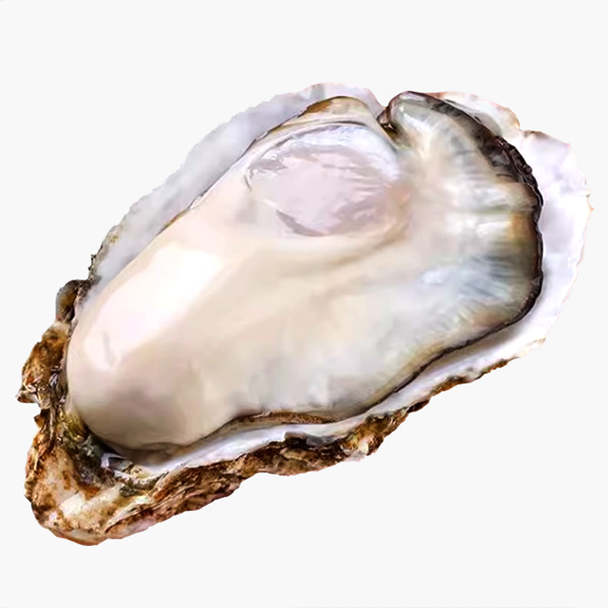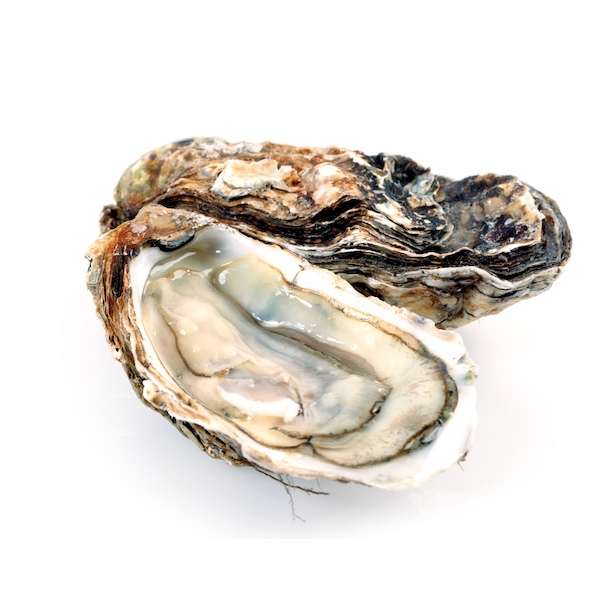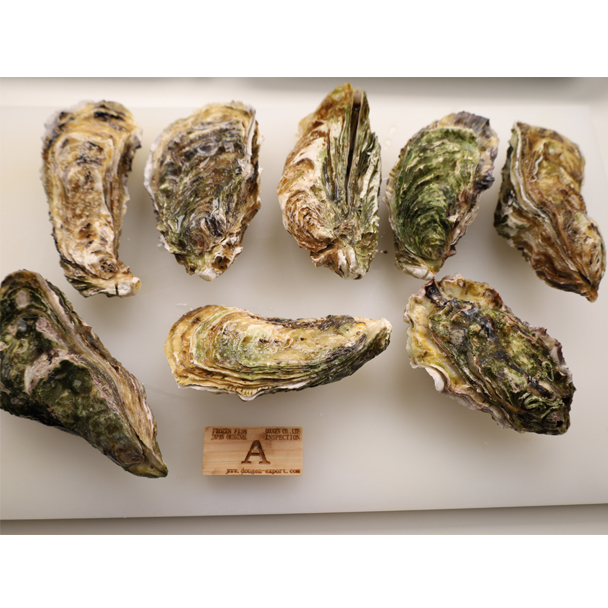








Oysters (scientific family: *Ostreidae*), commonly known as sea oysters, are bivalve mollusks widely distributed along the coasts of oceans around the world. They typically inhabit intertidal zones, attaching themselves to rocks, piers, or reefs, and feed by filtering plankton from seawater. Oysters are highly adaptable and prolific, playing an important role in marine ecosystems. They are also widely appreciated for their rich nutritional value.
The oyster’s shell is hard, rough, and irregularly shaped, while the inner flesh is plump, tender, and smooth. Oysters are rich in high-quality protein, zinc, calcium, iron, vitamin B12, and unsaturated fatty acids, earning them the nickname “milk of the sea.” They are not only highly nutritious but are also believed to boost immunity and support metabolism.
In Japanese cuisine, oysters are considered a seasonal delicacy, particularly prized in winter when they are at their plumpest and most flavorful. They can be enjoyed raw, steamed, fried, or grilled, and are often used in hot pots or miso soup. Their briny flavor and rich texture make them a favorite among seafood lovers.
Oyster farming has a long history and is one of the most important forms of marine aquaculture worldwide. In countries like Japan, China, and France, the oyster industry is well-developed, contributing both economic and ecological value.
